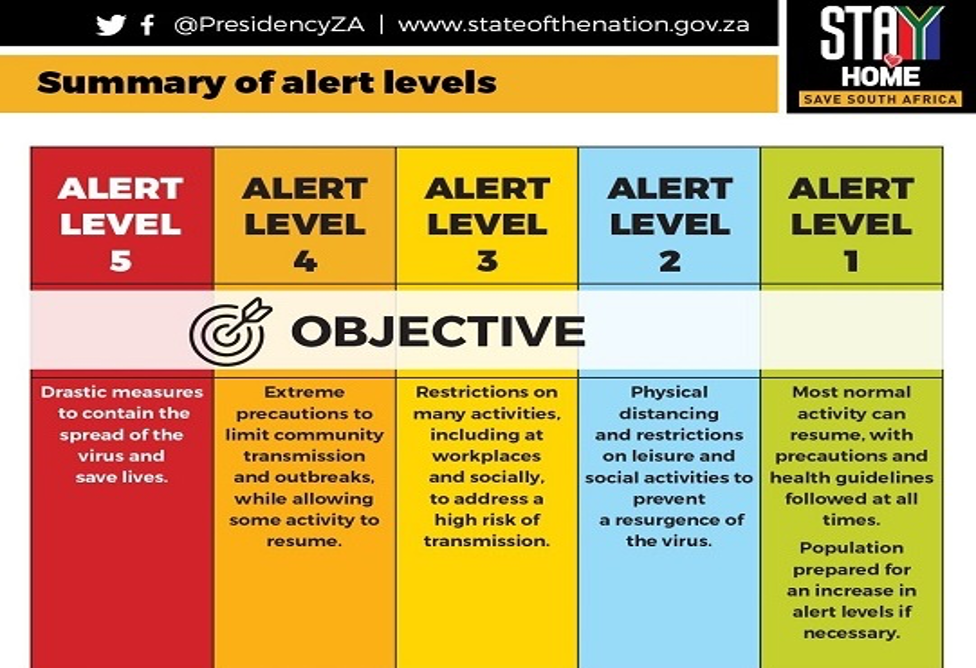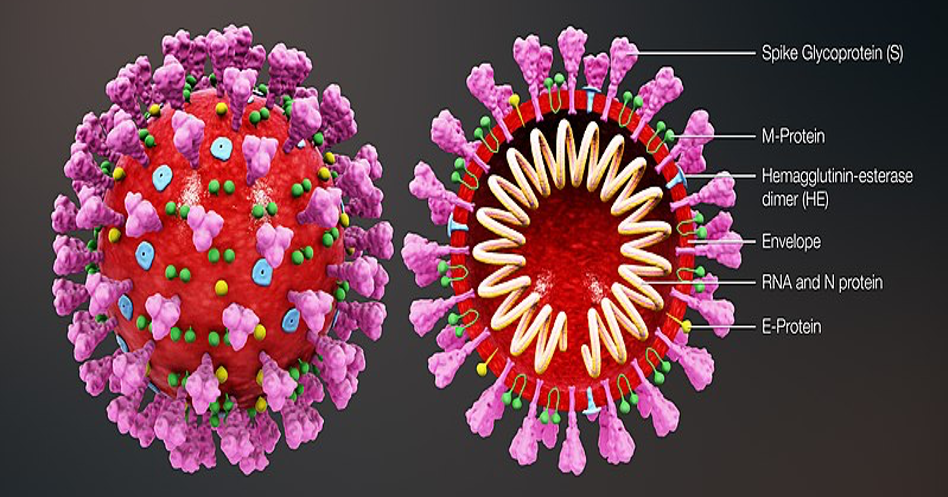AUTHORS: REV GEORGE KANJERE
PROF MARIA KANJERE
ABSTRACT
There has never been a time when the leadership skills of the clergy have been under more scrutiny than the time of the COVID-19 pandemic. The pandemic has tested the faith of both the clergy and the congregants as Pastors have perished under the disease. Some Pastors who thought that they could defeat the disease through proclamation of their faith on television also died, and it has caused people to ask themselves a number of questions about what God was trying to communicate to the church. As a result, a number of theories emerged–the theory of the eminent second coming of Christ and many others. However, the focus of this article will be on the leadership challenges that were brought about in the South African churches during the COVID-19 pandemic. The pandemic posed challenges to the church, but it also brought about new prospects as many churches had to adopt virtual mechanisms for meetings and services. The church was forced to incorporate technology fully, an option that had not been explored before in many rural and urban churches in South Africa. Nevertheless, the major challenge of the churches during the lockdown period was in the area of finances. Many churches that had not been proactive in preparing for the crisis began to suffocate during this period, and as a result the function of the church activities were curtailed. Therefore, this article recommends that the clergy should equip themselves with the abilities and competencies needed for leading during a crisis.
INTRODUCTION
Crisis leadership is a subject that is often discussed in a smaller scale amongst the clergy. Scott (2020) observed that crises force ministry leadership to operate outside of their comfort zones. It compels them to operate in three planes, namely, being situationally aware, biblically faithful and culturally astute. Thus, the core cultural function of leadership during a crisis is efficient and constant communication; an element that was relegated to the notion that God will take care of everything when the COVID-19 pandemic struck. Thankfully, the Church of the Nazarene Board of General Superintendents (2020) issued a statement when the COVID-19 pandemic struck to provide guidance and to encourage the church.
The COVID-19 pandemic also brought the notion of preparedness at all times into reality, as no one knows the hour and time of the arrival of the Son of Man or the time and hour when disaster may strike (Matt 24:36-42). With the COVID-19 pandemic, it was as if God was communicating with the clergy to constantly develop themselves,
because little or lack of knowledge destroys (Hosea 4:6). The clergy are expected to be people of knowledge and insight as that will enable them to handle uncertainty and complexity with confidence. When a crisis strikes, people in the church look up to them to provide guidance and answers. The Church of Jesus Christ of Latter-day Saints (2020) maintain that church leaders should provide guidance as long as the COVID-19 pandemic exists.
The COVID-19 pandemic also provided opportunities for the clergy to sharpen their technological skills. Some clergy saw themselves interacting with social media for the first time, a tool that has always been discouraged amongst the youth. The pandemic provided some families with the opportunity to bond during the lockdown period, whilst in other families it escalated abuses. ENCA (2020) reported that in South Africa more than 120,000 victims of abuse called the National Helpline in the first three weeks after the lockdown had started, doubling the usual volume of calls. This reveals a great amount of work that the clergy has to perform in families.
THE DEFINITION AND NATURE OF COVID-19
The World Health Organisation (2020) defines Coronavirus, which is also referred to as COVID-19, as an infectious disease that is caused by a newly found coronavirus.
Coronavirus attacks the respiratory track and is transmitted from person to person through infected air droplets, sneezing, or coughing. Christians are not immune from contracting the disease. Medical News Today (2020) explained that the Coronavirus affects the respiratory system, causing one to show symptoms such as coughing, high temperatures and shortness of breath. Due to the Coronavirus, people were asked to wear masks in public and private spaces, maintain social distance, and wash their hands regularly or use alcohol based sanitisers. This was done in order to curb the spread of the virus amongst other means such as the lockdown and tracing and quarantining of infected people. Eyvazzadeh (2020) emphasised the following as the means of avoiding infections:
- Wash the hands regularly and thoroughly with soap, for at least 20 seconds.
- Use hand sanitisers with at least 60 percent of alcohol in the absence of soap.
- Avoid touching the face unless one has just washed the hands.
- Stay clear of people, maintain a social distance of about 1.5 metres.
- Avoid overcrowded areas as much as possible.
Figure 1.1. Coronavirus (Covid-19) images


The above images provide a synopsis of the structure and nature of Coronavirus.
The virus is said to be found in many animal species even though its mutation infects human beings. It attaches itself to the host through the protein spikes which are projected on Figure 1.1. above.
In South Africa, Coronavirus has left a trail of sicknesses, deaths, and a strain on medical facilities. Patients that are affected by the disease are given supportive treatment and some are put on ventilators. As a result, many companies were converted to manufacture ventilators. Frey (2020) confirmed that companies responded to the government call to apply their skills and resources in developing the much needed ventilators which are used in severe cases of COVID-19.
1.1 CHURCH ENVIRONMENT UNDER COVID-19 LOCKDOWN
The church environment completely changed under the lockdown as there were sequential rules and regulations that were released which governed the churches. The Department of Cooperative Governance and Traditional Affairs was appointed as the custodian of COVID-19 activities together with the National Coronavirus Command Council (NCCC). The National Coronavirus Command Council served as the advisory body to the government. Together with the government, the Department of Cooperative Governance and Traditional Affairs (2020) stipulated the following alert levels in the lockdown process of the country:
Figure 1.2 The Summary of Alert Levels during Lockdown Period

CHALLENGES EXPERIENCED BY THE CLERGY UNDER COVID-19
MacDonald, Stetzer, Wilson and Yang (2020) maintain that COVID-19 demands on Pastors and Church Leaders will not end anytime soon, even though there are signs of optimism in combating the disease. Listed below are some of the challenges that confront the clergy:
- Stress, fatigue and anxiety due to the feeling of helplessness.
- Inability of the clergy to conduct house visits.
- Inability to fellowship physically with the church members as it is the case during church services.
- Inability to conduct church rituals such as Holy Communion, baptism, etc.
- Inability to support church members physically when a crisis strikes.
- Financial difficulties as some church members lost income, jobs and businesses.
OPPORTUNITIES EXPERIENCED BY THE CLERGY UNDER COVID-19
Although there are some challenges experienced by the clergy during COVID-19 pandemic, some opportunities also presented themselves. Linder (2020) is of the opinion that COVID-19 afforded the clergy an opportunity to think of creative ways of conducting ministry. Churches were forced to abandon their plans, reflect on their practices and become more compassionate. Some of the opportunities afforded by COVID-19 to the clergy are listed as follows:
- Exploration and adoption of virtual platforms to expand the ministry.
- Strengthening of the church in the families.
- The clergy had ample time for their own families and spouses.
- Encouraging church members in a different way, to look more unto God as many have observed the afflictions caused by the pandemic.
- Learn to be more Pro-active rather than Re-active.
- Learn to plan wisely, especially in the area of finances.
REQUIRED LEADERSHIP SKILLS FOR THE CLERGY UNDER COVID-19
Leadership is an important component of any organisation, as it sets the tone for its success or failure. Churches, like all the other organisations, rely on sound leadership so that they can have a meaningful impact on communities. Scott (2020) argues that leadership agility requires pivoting from normal procedures and methods, leveraging limited resources, money, time, and people.
Thus, various leadership skills are imperative in ministry:
- Crisis leadership skill
- Communication Skill
- Emotional Intelligence
- Agility and flexibility skill
Klann (2003) concluded that there is nothing that tests or exposes a leader like a crisis. It quickly exposes the leader’s hidden strengths and core weaknesses. Therefore, leaders should learn to decide with speed over precision in a crisis as situations could change drastically; they should focus on what matters the most.
CONCLUSION
COVID-19 has transformed the world, ushering it into a new normal. During the crisis, the clergy have been exposed to different ways of doing ministry. The Church of the Nazarene has a tremendous support from the Board of General Superintendents which was proactive in issuing directives in line with the protocols of COVID-19. Local Pastors as well rose to the occasion, even though more could be learned on how to lead under a crisis.
RECOMMENDATIONS
This article argues that the clergy should be life-long learners. This will enable them to be pro-active rather than re-active in times such as these. They will be able to handle the church finances in such a way that there is no panic or financial constraints when crises strike.
REFERENCES
Church of the Nazarene Board of General Superintendents. 2020. Board of General Superintendents Statement on coronavirus.
https://nazarene.org/article/board-general-superintendents-statement-coronavirus
(Accessed on the 13 April 2020)
Department of Cooperative Governance and Traditional Affairs. 2020. South Africa to Move from Level 5 Lockdown to Level 4.
http://www.cogta.gov.za/?p=7968
(Accessed on the 16 June 2020)
Encyclopaedia Britannica. 2020. Coronavirus.
https://www.britannica.com/science/coronavirus-virus-group
(Accessed on the 30 May 2020)
Eyvazzadeh, A. 2020. Treatment for Coronavirus Disease (Covid-19). Health line.
https://www.healthline.com/health/coronavirus-treatment
(Accessed on the 7 April 2020)
Frey, A. 2020. South African Companies are ditching the ‘norm’ to respond to Covid-19. Heading government’s call for the speedy manufacturing of ventilators locally.
(Accessed on the 14 May 2020)
Klann, G. 2003. Crisis Leadership. Using Military Lessons, Organisational Experience and the Power of Influence to Lessen the Impact on the People You Lead.
(Accessed on the 3 April 2020)
Linder, E. Clergy, the church and mobilization during Covid-19.
https://www.wesleyan.org/clergy-the-church-and-mobilizing-during-covid-19
(Accessed on the 6 April 2020)
MacDonald, A., Stetzer, E., Wilson, T. and Young, D. 2020. How Church Leaders are responding to Covid-19 Challenges: 2nd Round Survey.
(Accessed on the 30 April 2020)
Medical News Today. 2020. How does coronavirus affect the body?
https://www.medicalnewstoday.com/articles/coronavirus-effects-on-body
(Accessed on the 11 June 2020)
New International Version. Holy Bible.
https://biblehub.com/matthew/24-36.htm
(Accessed on the 8 June 2020)
Radcliffe, S. 2020. Here ‘s Exactly where we are with vaccines and treatments for Covid-19. Health line.
(Accessed on the 16 June 2020)
Scott, R. 2020. 3 observations about crisis, leadership and the church.
https://converge.org/article/3-observations-about-crises-leadership-church
(Accessed on the 8 June 2020)
The Church of Jesus Christ of Latter-day Saints. 2020. First Presidency Provides Guidance on How to Administer the Church in Challenging Times.
https://newsroom.churchofjesuschrist.org/article/guidance-administer-the-church-in-challenging-times
(Accessed on the 22 May 2020)
Wikimedia Commons. 2020. File:3D medical animation coronavirus structure.jpg.
https://commons.wikimedia.org/wiki/File:3D_medical_animation_coronavirus_structure.jpg
(Accessed on the 16 June 2020)
World Economic Forum. 2020. Coronavirus origins: genome analysis suggests two viruses may have combined.
(Accessed on the 22 April 2020)
World Health Organization. 2020. Coronavirus. There is an outbreak of Coronavirus (Covid-19) disease.
https://www.who.int/health-topics/coronavirus#tab=tab_1
(Accessed on the 15 June 2020





